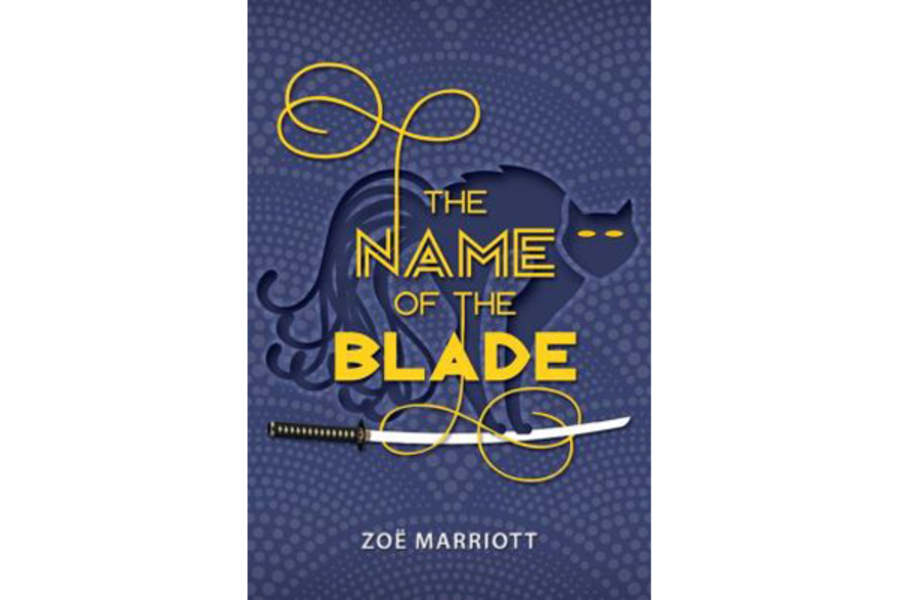'The Name of the Blade' is a tough, sassy mélange of Japanese folklore and modern teen Britain
Loading...
It is supposed to be the perfect accessory for a winter costume party. But when Mio Yamato unlocks and unsheathes her late grandfather’s katana, or samurai sword, she inherits an ancient responsibility to protect the world from supernatural evil. Then all hell breaks loose in London – literally – and it’s Mio’s time to step up.
You know, fine print and all that.
Mio and her best friend, Jack, find themselves battling monsters from Japanese mythology in Zoë Marriott’s stellar young adult fantasy, The Name of the Blade. It’s a tough, sassy mélange of Japanese folklore and modern teen Britain.
Let’s start off with good news for our heroine: A mysterious young samurai named Shinobu appears as if from the ether, sworn to defend Mio in her role as katana-bearer. He’s tall, serene, and handsome, and shares a profound connection with Mio.
Bad news: Their enemies are the spawn of hell, or the Japanese underworld known as Yomi. Our three warriors cross paths several times with the Nekomata, a gigantic cat-monster with nine tails, thrashing tentacles, and needlelike fangs.
Fortunately, there are allies afoot who can both aid their cause and teach them the folklore that they’re up against. There’s an entire sub-world of magical creatures hidden behind portals throughout London, and Mio as the official Yamato katana-bearer races to win them to her side.
My favorite characters are the Kitsune (Japanese for “fox”), a race of foxes that transform into people to patrol the human world. Their tails are electric, and a trained Kitsune can throw balls of electricity like grenades. Marriott compares the effect of their tails to the sound of ice cubes in a deep fryer.
Deft details like that give “The Name of the Blade” a meticulous realism, and they’re just more fuel for my enthusiasm fire. Once again YA readers can delight in a book full of well-managed, world-building detail that never overwhelms – perhaps because Mio is as new to it as we are, so we learn as she does.
Yes, it’s book one of a series; standalones have gone the way of the dodo, and I must come to grips with that. And yes, the primary villain is a cat, whereas I’m an unashamed ailurophile. (Case in point: I polished off this book with a large orange Maine Coon sleeping on my shoulders.) But none of that mattered when I closed the back cover – I just wanted more, more, more.
I want to go to London and be best friends with Mio. I want to live in that world of magic and tails and possibility. I want to know what happens with Shinobu and Mio. I want to learn every detail about the Kitsune and the Nekomata and the Yomi underworld. I want to know it all!
For young readers, the hunger for more is heady praise. YA fans, take heart in the knowledge that Marriott is a British author, so the sequel (“Darkness Hidden”) is already available in the UK. The rest of us will have to wait until next winter and dream of what might happen next.








